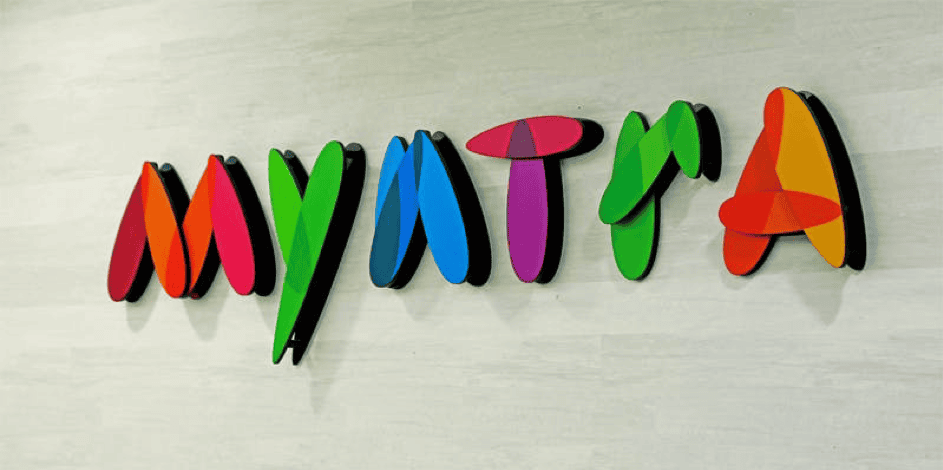E-commerce, m-commerce, marketplaces – Where do we stand?
Gone are the days when people had to travel to a physical location to purchase a product. Electronic commerce – more commonly known as e-commerce – allows users to buy practically anything by just typing into Google, placing an order and picking up the desired product right on their doorstep. E-commerce can also have the advantage of enriching certain aspects of the shopping experience, which is why people are increasingly looking to the internet to fulfil their shopping needs.
E-commerce: a growing craze
The e-commerce sector is still growing rapidly and, according to reports, worldwide sales made through e-retail reached US $27 trillion in 2020. That explains why so many entrepreneurs want to position themselves to take as much advantage as possible from this market trend, and why e-commerce is so popular among entrepreneurs.
Additionally, setting up an e-commerce project has become within everyone’s reach as multiple turnkey platforms are now available for creating a basic e-commerce site.
However, for a complex and personalized e-commerce site that meets the needs of a business as closely as possible, businesses need to opt for specific web applications, otherwise known as custom web developments.
The program for this article
In this article, we are going to discuss some of the different e-commerce solutions that exist today, explaining the various definitions in order to help you understand the broader sector more clearly.
To start, let’s detail some of the popular terminologies related to e-commerce.
E-commerce

E-commerce is a general term that generally refers to the buying and selling of goods over the Internet. Online payment refers to the monetary transaction that takes place over the Internet to complete an order.
The marketplace
The marketplace: a marketplace is an e-commerce marketplace where different sellers are registered to sell their products via an e-commerce portal. Examples of known marketplaces include:
- Amazon
- Cdiscount
- eBay
- Leboncoin
- Vinted
- Etc.
Focus on M-commerce
We can all agree that internet traffic is steadily transitioning from desktops to smartphone. The number of mobile internet users is now much greater than that of desktop computers.
M-commerce is nothing more than a subset of e-commerce where M stands for mobile; M-commerce is an acronym for Mobile commerce. In short, M-commerce means providing the optimum e-commerce experience for mobile users.
To more easily reach smartphone users, companies are developing mobile interfaces that make it easy to shop online through a mobile application or a mobile-friendly website.
Let’s explore an example of the importance of considering mobile in an e-commerce strategy.
The example of Myntra, an Indian e-commerce application

Myntra is an Indian fashion e-commerce company headquartered in Bangalore in the state of Karnataka, India, and is one of India’s most popular e-commerce brands. Myntra exclusively uses mobile applications to enable buyers to purchase its products. If you want to view the Myntra website on a mobile device, the web page will automatically redirect to the mobile app. So, anyone passing through the mobile site is greatly encouraged to download the mobile application. Myntra was really pushing a strategy of exclusivity of mobile applications, in order to encourage users to download its mobile app as much as possible.
However, Myntra backtracked on its app exclusivity strategy. Now desktop users can also shop on its website, but are still required to use the mobile app to make payments.
Social commerce
Social commerce is a component of e-commerce that allows users to buy or sell goods directly on social networks: Instagram, Facebook, etc. People enjoy scrolling through social media feeds all day long, and it’s easy to insert products for sale into these constantly viewed feeds.
Social commerce has emerged as one of the best ways for start-ups or small businesses to do business online. Social commerce has the advantage of generating customer engagement and also carries the potential retargeting.
Retargeting: what’s that?
Retargeting is a technique used to display targeted advertising to a visitor on a website or social media feed because the user has previously shown an interest in that type of product on another website they have previously visited.
Income generated by e-commerce according to Statista
According to Statista, a German online portal that presents statistics from institutions or market research data, in 2019 online retail sales of physical goods in the United States amounted to US$ 365.2 billion – a figure that is expected to reach nearly US$ 600 billion by 2024. E-commerce of clothing and accessories in the United States is expected to generate US$ 194.4 billion in revenue by 2024.

The most important segment of the market is fashion, with a market volume of US$ 718 billion in 2020.
User penetration was 56.1% in 2020 and is expected to reach 65.5% in 2024. The e-commerce user penetration rate is the ratio between the number of users of a product and the entire target population. More precisely, it’s equal to the ratio of current demand for the product over the potential demand for the product. The potential demand corresponds to the potential market. So, e-commerce still represents a market with great potential.
In our development centers based in Madagascar, Vietnam and Mauritius, we have a diverse pool of experienced developers who develop e-commerce applications. We can guide you towards the best technology most suited to your needs (CMS, custom development, etc.)